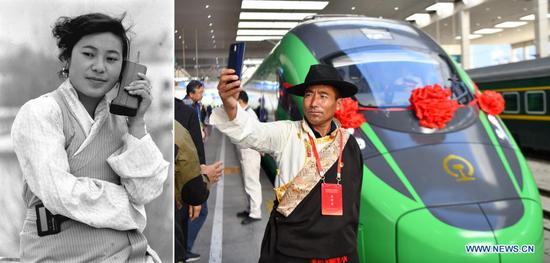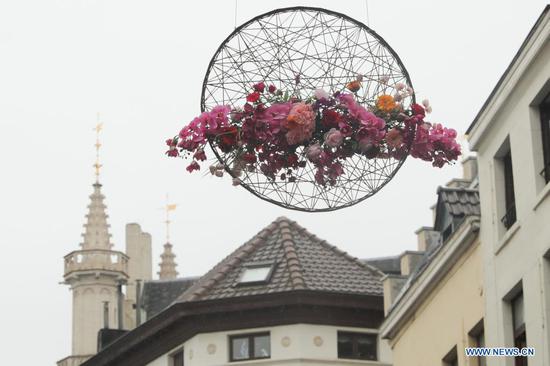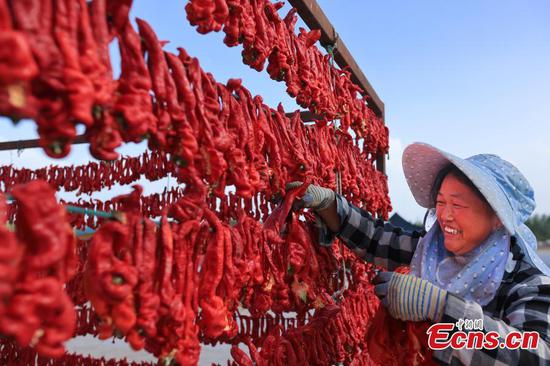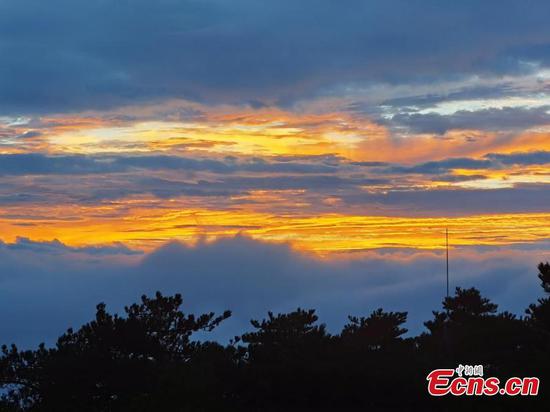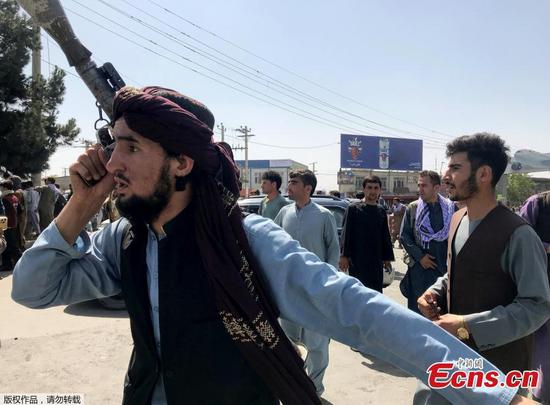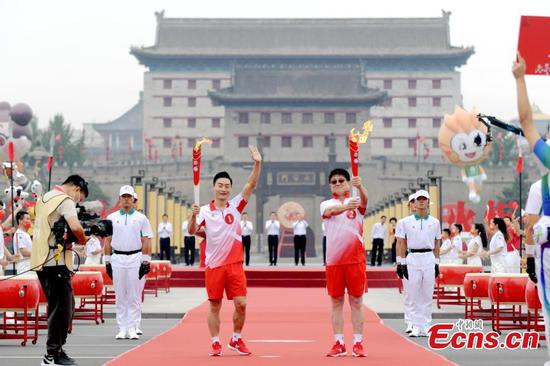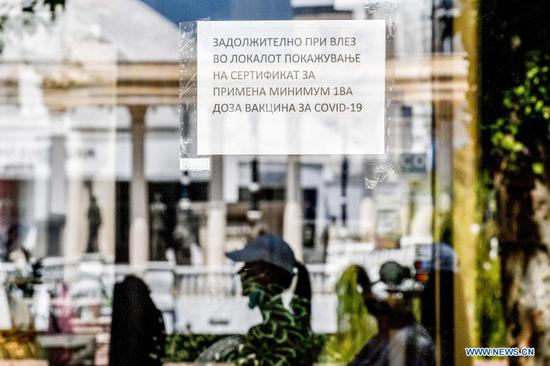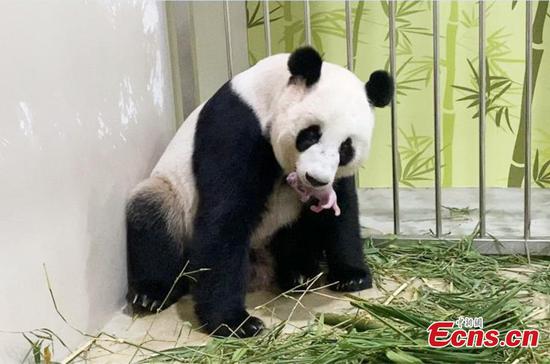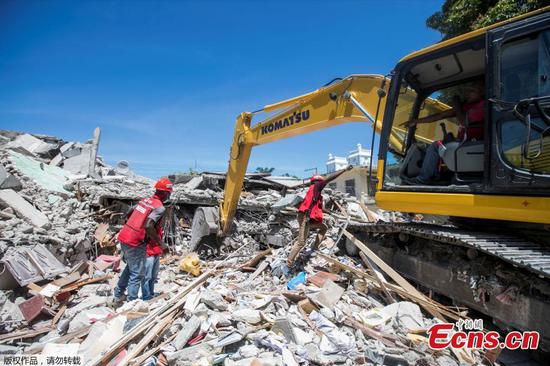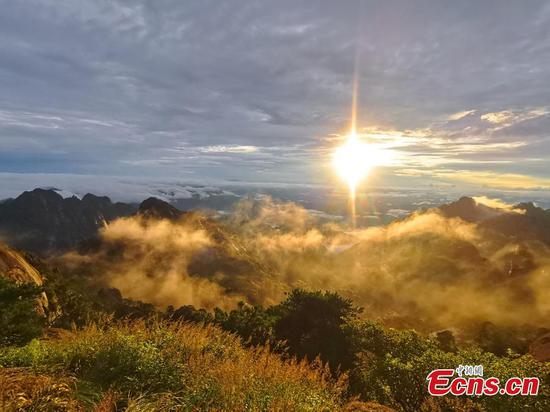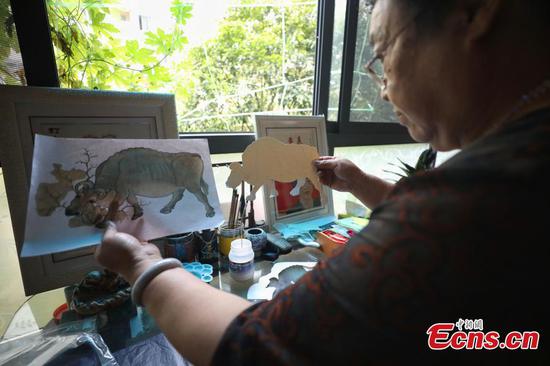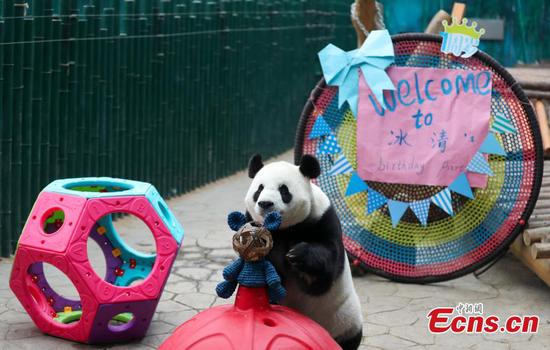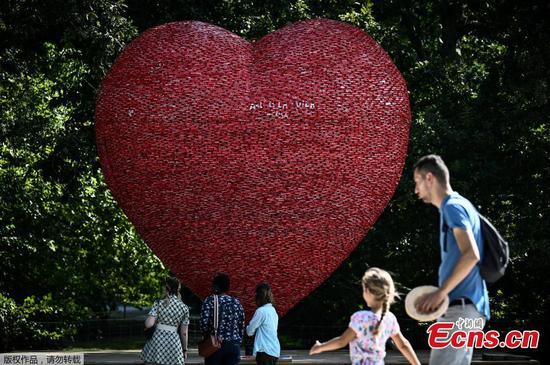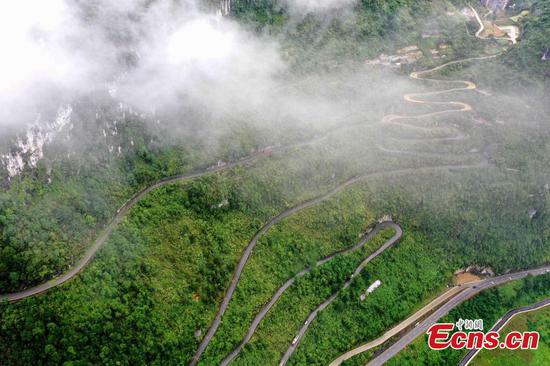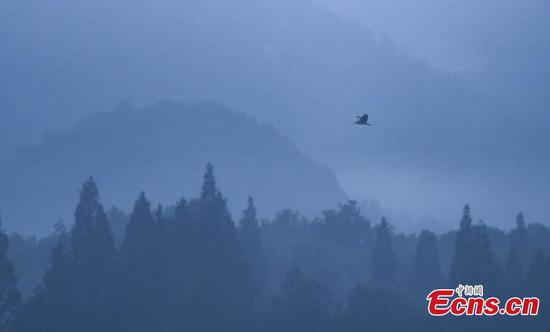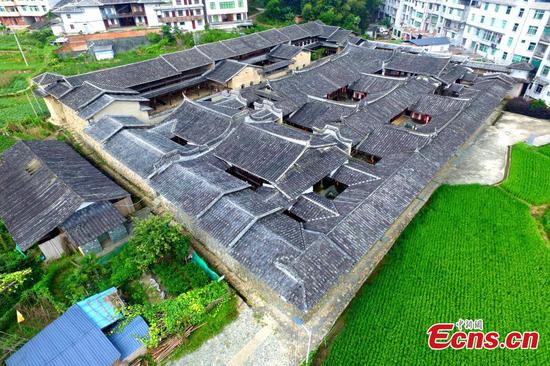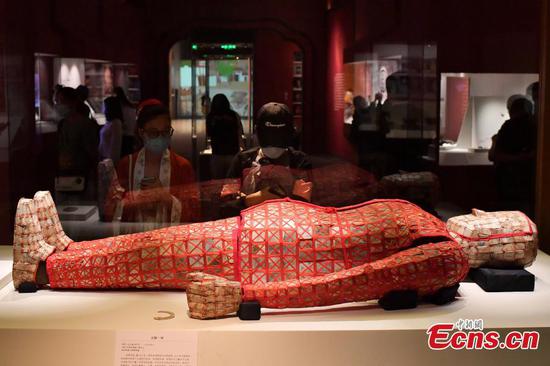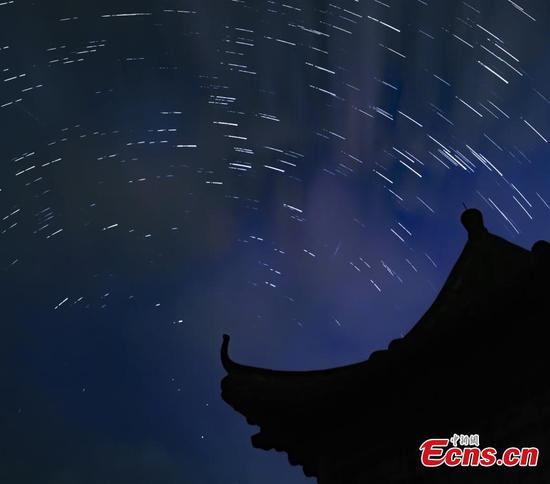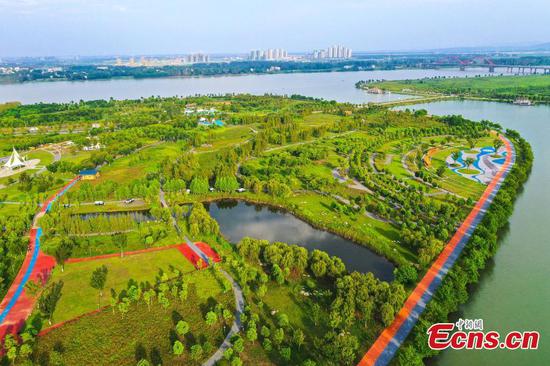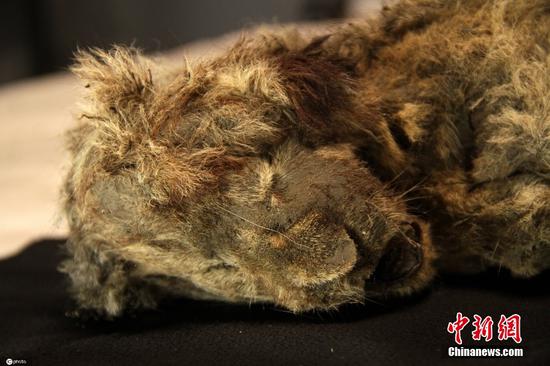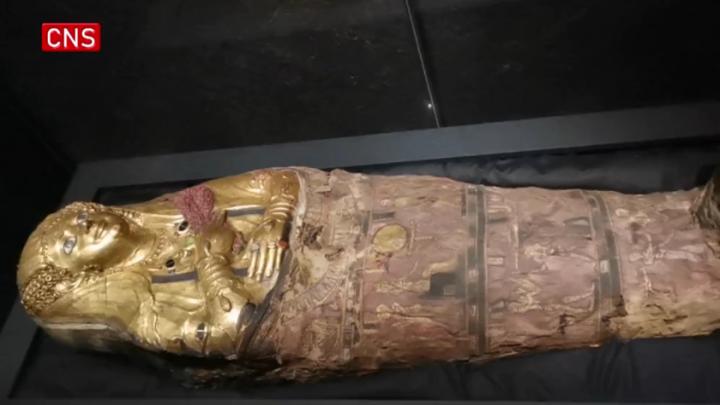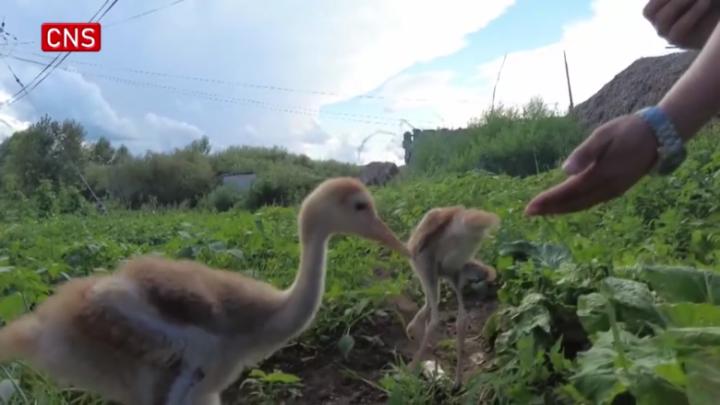
Monasteries, monks and nuns in the Tibet autonomous region are protected not only in the basic exercise of their religion but are now eligible for social security benefits provided by the government, Wu Yingjie, the region's Party chief, said in a recent interview.
Tibet has worked hard to guarantee that all religions, as well as all practitioners, both clergy and ordinary people, are equally protected and respected, Wu said, adding that the goal has been to foster healthy religious development.
"All these protections, including the normalization of religious activities, the restoration of monasteries and temples and providing convenience for monks and nuns, aim to help religions prosper-to guide them to adapt to socialist society," he said. "All residents, including Tibetans and others, have the right to engage in religious activities according to their own traditions."
All officially registered monks and nuns are now covered under the basic social security system, Wu said, noting that "they are entitled to basic medical insurance, free annual health checkups and insurance covering workplace accidents".
Tibet has more than 1,700 sites for Tibetan Buddhist activities, one Catholic church, 46,000 monks and nuns, 358 living Buddhas, more than 12,000 Muslims, and more than 700 Catholics, according to the government.
There are enough religious sites to meet people's demand for religious activities and enough monks and nuns to serve residents' various spiritual needs, he added.
To safeguard monastic culture, the central government has invested more than 1.4 billion yuan ($218 million) to preserve Tibetan relics and the region's key monasteries over the past four decades, Wu said.
Local financial departments have also funded restoration projects at small and medium-scaled religious sites, such as the traditional scripture printing houses of the region's monasteries.
The region now has more than 60 traditional scripture printing houses, including one at the Potala Palace. The number of categories of printed Buddhist scriptures hit 63,000 annually.
"That meets all demand for scripture printing in the region," Wu said.
The government has attached great importance to the reincarnation of living Buddhas in line with regulations, he said. For example, regulations stipulate that the reincarnation of a living Buddha requires official recognition and approval.
"The sense of national identity has been strengthened," Wu said. "It is now commonly understood in Tibet that religious believers must first follow national laws" because their first identity is to be a Chinese citizen.
"Some false accusations from overseas say that Tibet has no religious freedom," Wu said. "I hope they come to see the truth."
Phenthok Butrid, a businesswoman who lives in Lhasa and works near the Potala Palace, said she practices her religion every day.
"I pay homage to the Potala Palace by walking a circle around it clockwise. I chant the sutras. And I repeat my religious routines at home by lighting butter lamps every day," she said.
On special occasions, such as the Shoton Yogurt Festival or during the New Year Losar Festival, she visits different temples and monasteries.
Besides protecting religion, the government has emphasized the preservation and inheritance of Tibetan traditional culture, Wu said.
"Enriched with regionalism, unique Tibetan traditions have become a bright pearl in the treasure house of Chinese culture," he said, adding that Tibetan culture was formed in a process of exchanges and communication with Han ethnic culture and others.
To preserve Tibetan culture, the regional government has been investing heavily to collect and publish valuable Tibetan classics since the region's peaceful liberation in 1951. Key projects include the compiling of the Tibetan manuscripts in the Tripitaka Sinica, known as the Chinese Buddhist canon, and the preservation of the Epic of King Gesar.
Since 1951, the central government has made Tibet a core protection area for Chinese traditional culture, with various rules and documents issued to that end.
For more than seven decades, at least 70 national-level and more than 600 regional-level cultural sites have been nominated for recognition, with the Potala Palace, Jokhang Temple and Norbulingka Palace each listed as a UNESCO World Heritage and the Lum medicinal bathing, Sowa Rigpa, a therapy in Tibetan medicine, recognized as an intangible cultural heritage by UNESCO in November 2018.
Also, the Tibetan language has acquired legal protections, becoming the country's first ethnic language to have international standards, Wu noted.
In July 1997, the Tibetan coded character set was officially adopted, and became an important part of the Information Technology-Universal Multiple-Octet Coded Character Set. The Tibetan language thus became the first ethnic-minority language in China with an international standard and a pass to the global information superhighway, according to a white paper on the peaceful liberation of Tibet and its development over the past seven decades, issued by the State Council Information Office in May.
"Customs also receive respect and support. Festivals include Tibetan New Year, Shoton and the Nagchu Horse Race. These are celebrated almost every year," he said.








